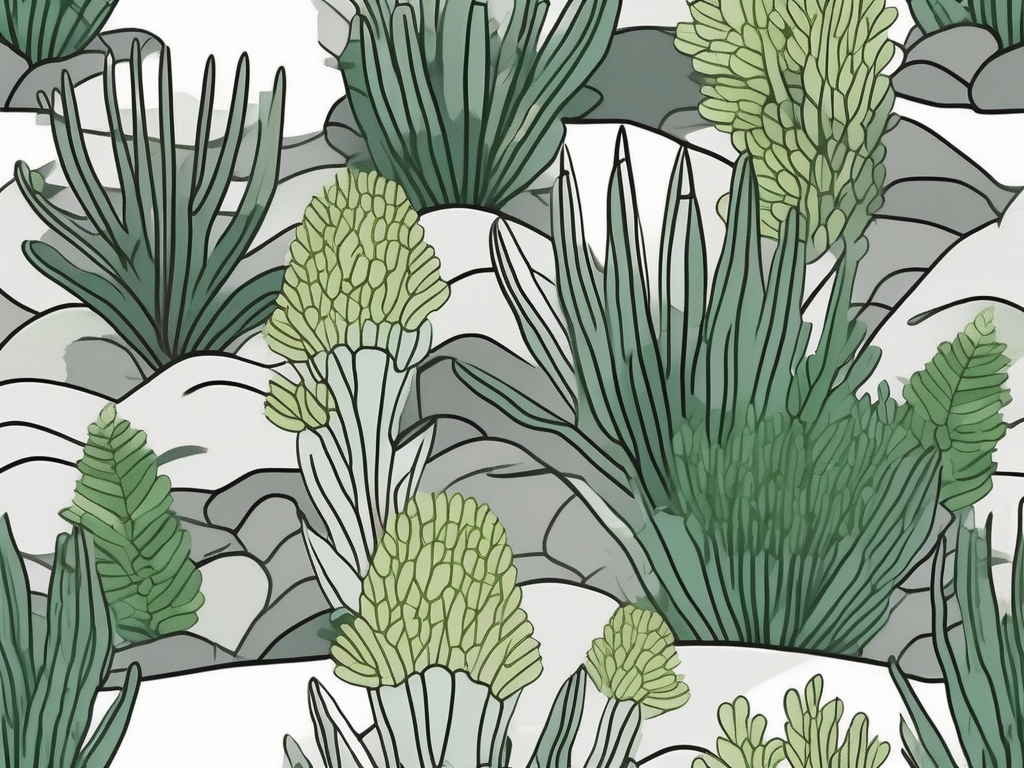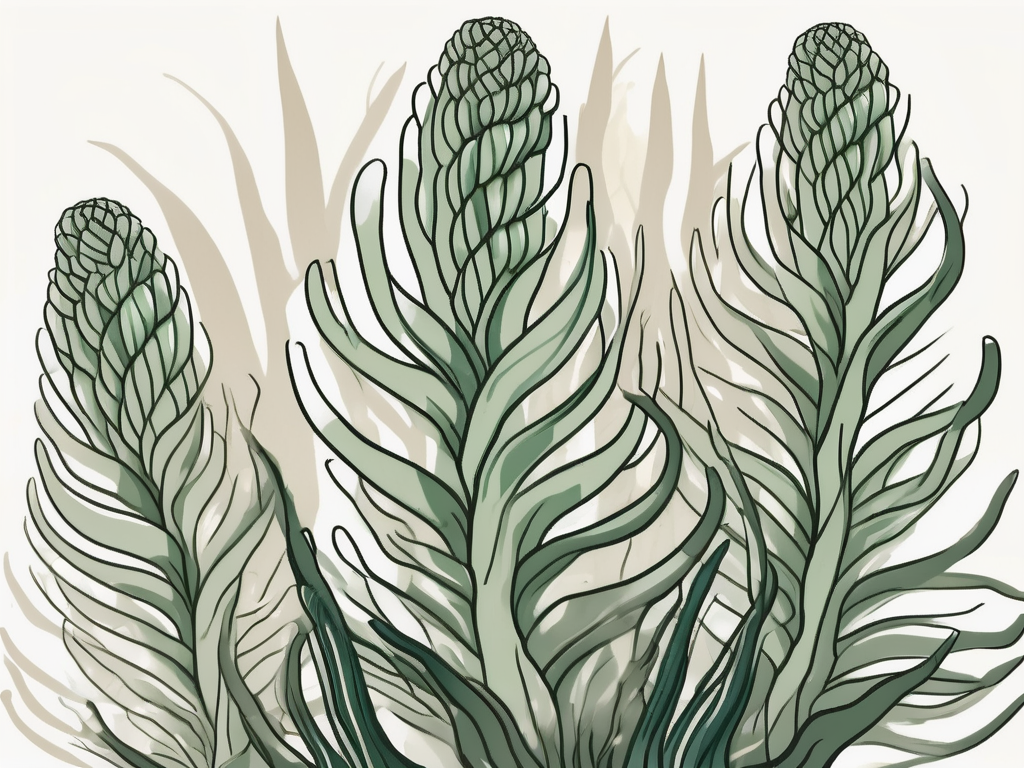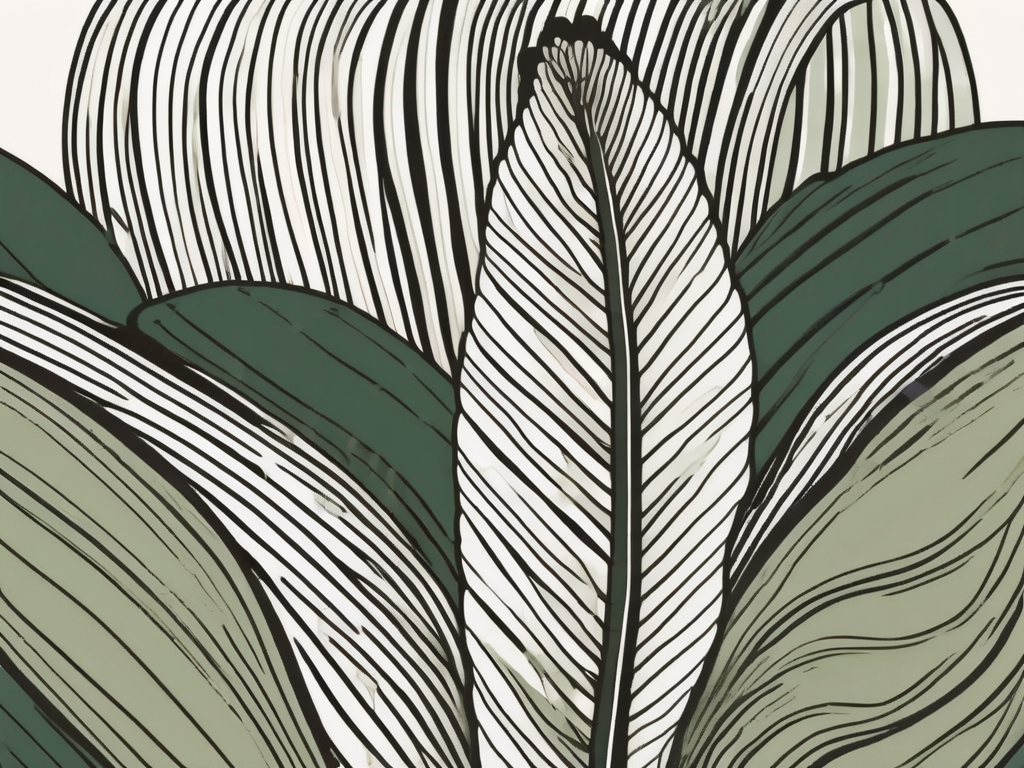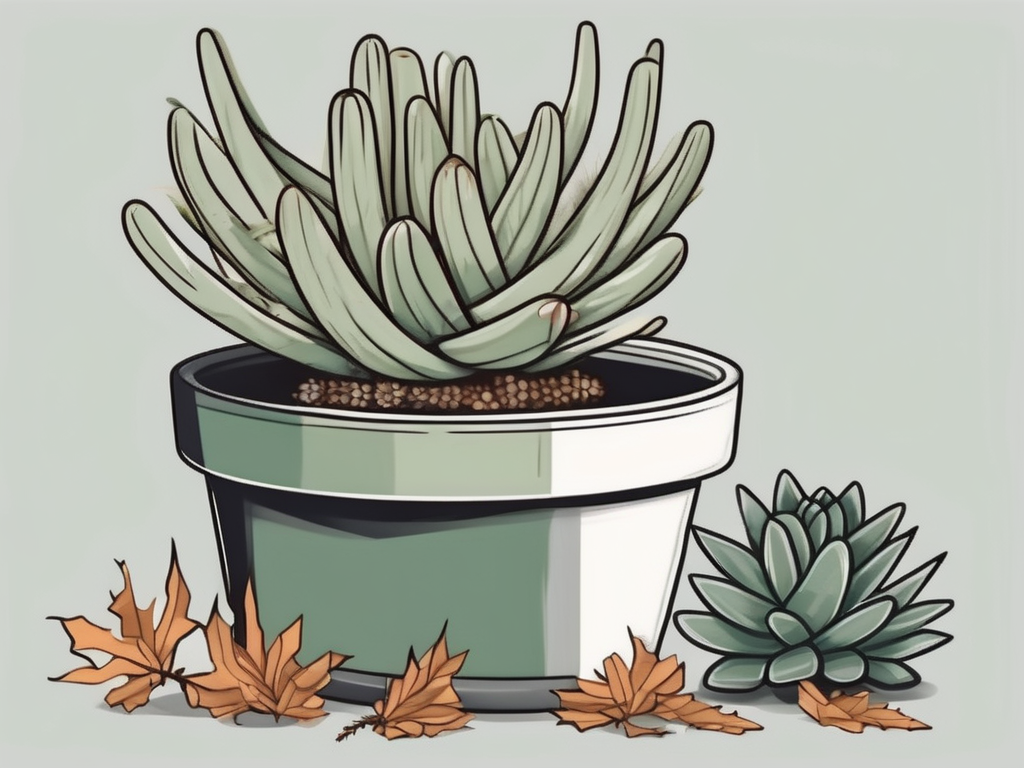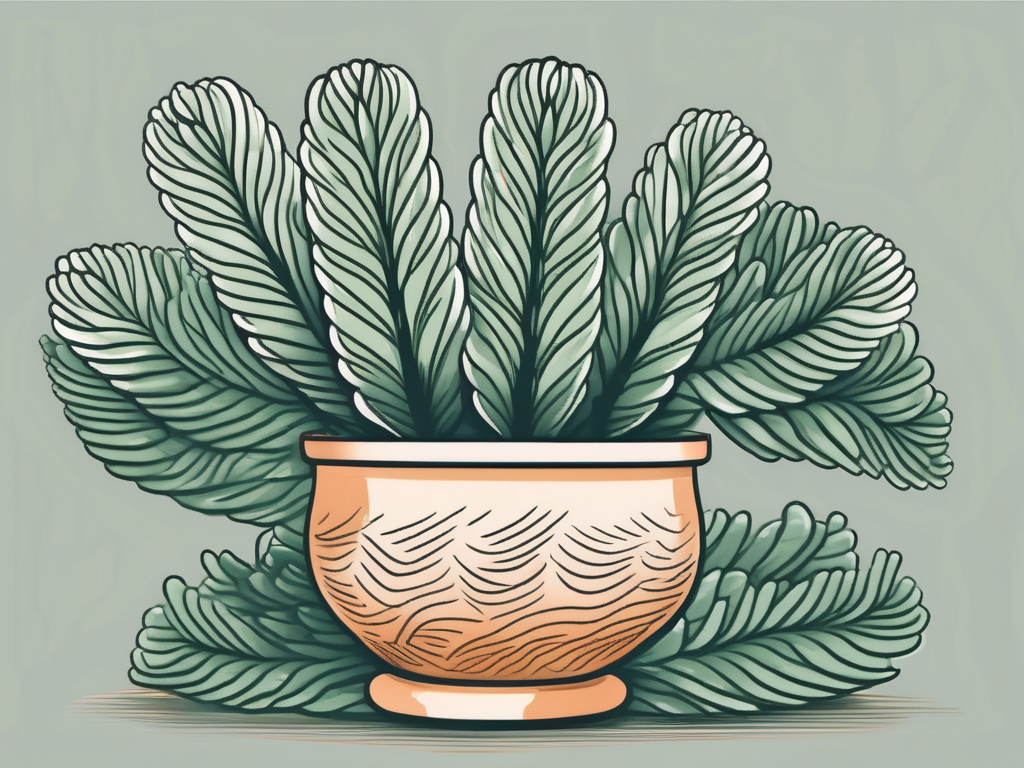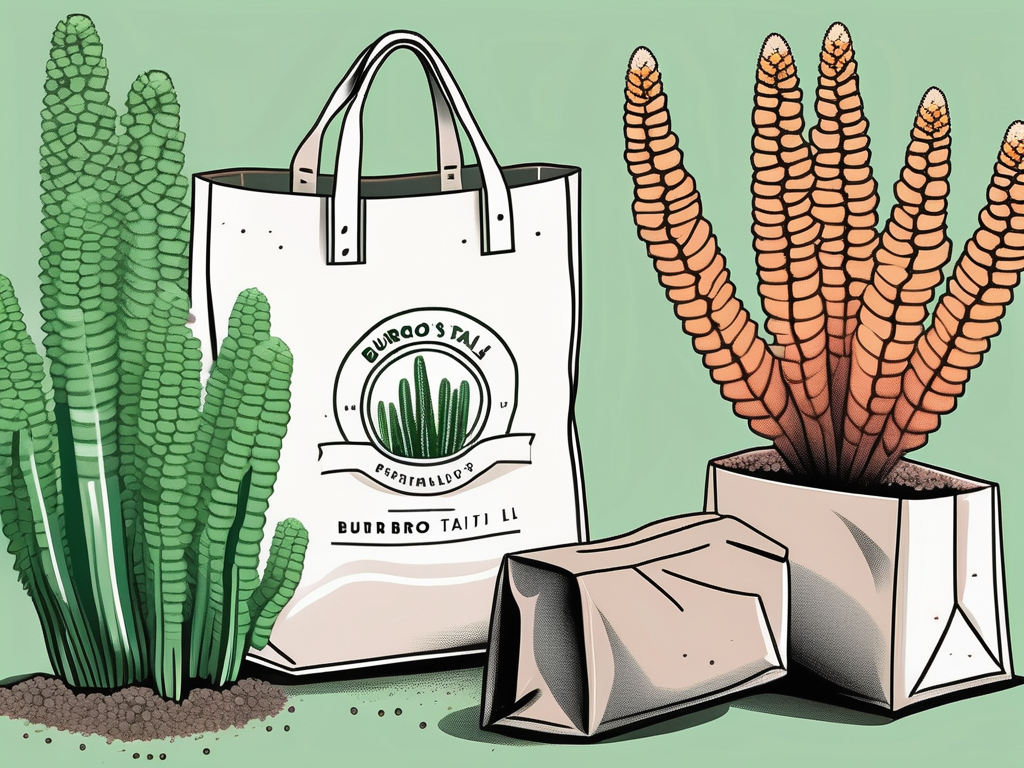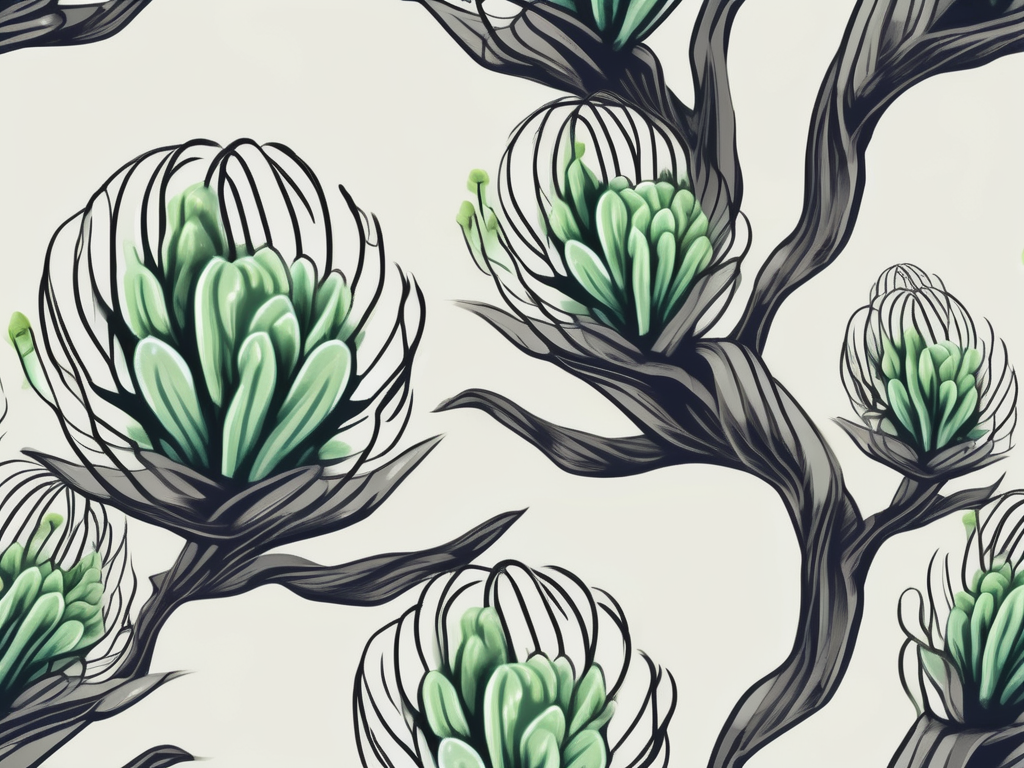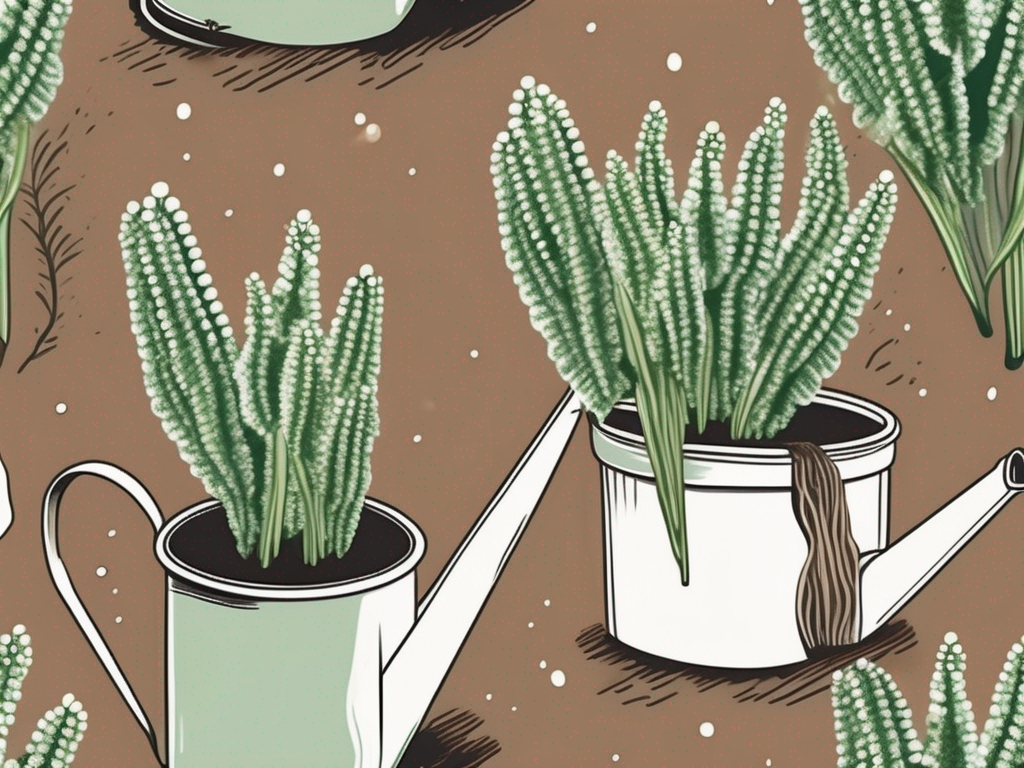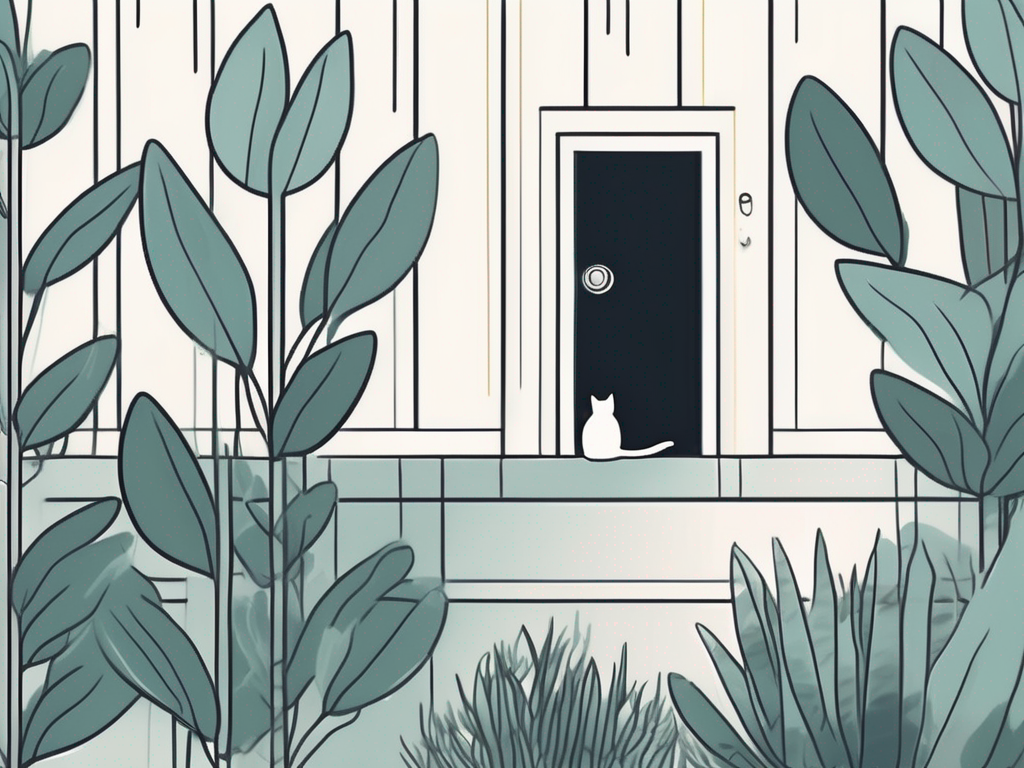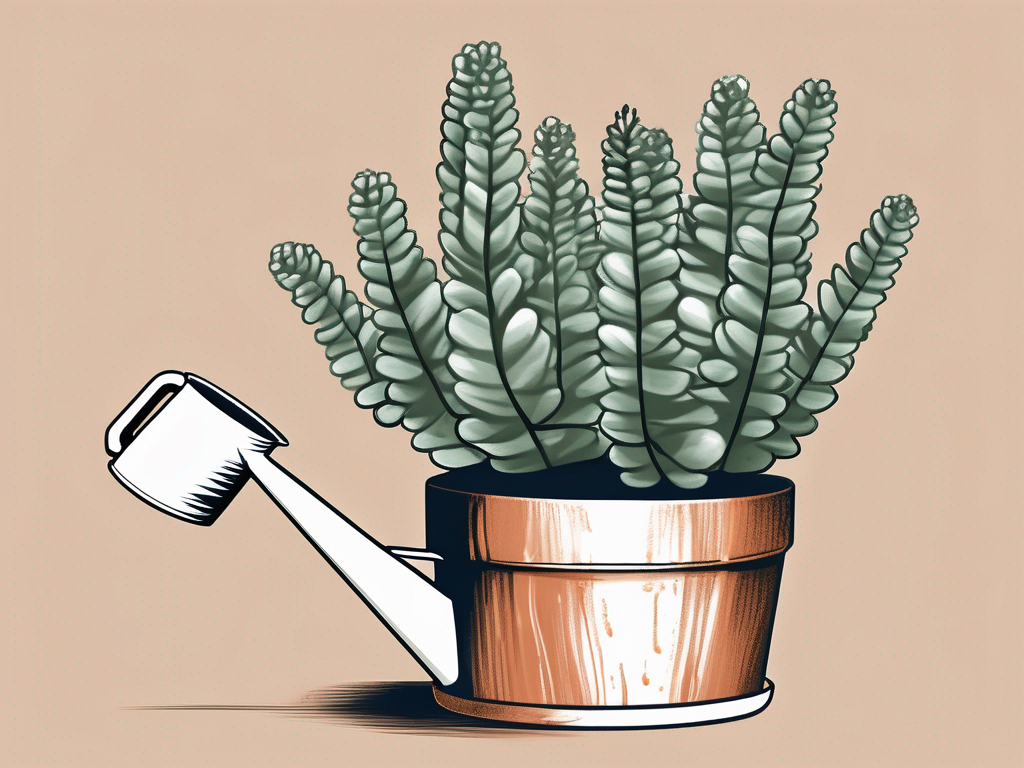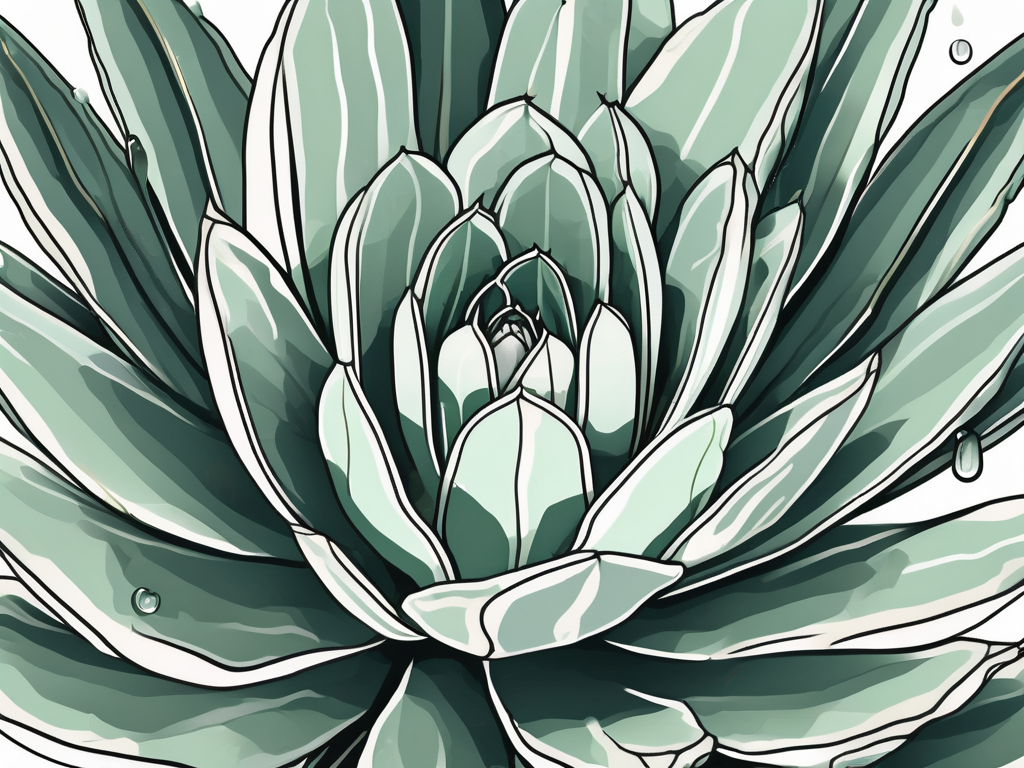
Ah, the Burro's Tail! This charming succulent, with its cascading tendrils of fleshy leaves, is a favorite among plant lovers. Its quirky name and unique appearance make it a standout in any indoor plant collection. However, like many succulents, it has a specific Achilles' heel: overwatering.
In this article, we’ll talk about the dangers of overwatering your Burro’s Tail and how to avoid them. From understanding its natural habitat to recognizing signs of trouble, we’ll cover all the bases to help you keep this beautiful plant thriving and happy in your home.
The Natural Environment of Burro's Tail
To properly care for your Burro's Tail, it helps to know where it comes from. This succulent, also known as Sedum morganianum, hails from the arid regions of southern Mexico and Honduras. In its natural habitat, it thrives in rocky outcrops where water is scarce, and the drainage is excellent. This environment has shaped its water needs, making it more drought-tolerant than many other houseplants.
Understanding this background can help you recreate similar conditions in your home. Burro’s Tail is built to store water in its leaves, allowing it to survive periods of drought. This means it doesn’t need frequent watering. It’s a bit like that friend who forgets to drink water all day but still seems perfectly fine—don’t try this at home, folks, but it works for them!
In essence, knowing where your plant comes from gives you the clues you need to care for it. By mimicking its natural environment, you can ensure it grows well indoors. This means providing plenty of light, using well-draining soil, and—most importantly—resisting the urge to overwater.
Why Overwatering is a Problem
Overwatering is a common issue and perhaps the leading cause of trouble for Burro’s Tail. But why exactly does too much water spell disaster? The answer lies in the roots. Succulents are adapted to store water, and when there’s too much of it, their roots can drown. This leads to root rot, a condition that’s often fatal for these desert dwellers.
When the soil is constantly wet, it lacks the necessary oxygen for the roots to breathe. Think of it this way: if you were stuck in a room with no fresh air, you’d struggle to stay healthy, right? Roots need a similar balance of water and air to function properly. Overwatering disrupts this balance, causing the roots to rot.
Interestingly enough, the signs of overwatering can often be mistaken for underwatering. Both situations can lead to leaves dropping off, but with overwatering, the leaves tend to be mushy and discolored. Recognizing these signs early on can make all the difference in saving your plant from potential disaster.
Signs Your Burro’s Tail is Overwatered
Spotting an overwatered Burro’s Tail can be tricky, but there are telltale signs that can help you diagnose the issue. One of the first things you might notice is the leaves starting to drop off with the slightest touch. While some leaf drop is normal, excessive shedding is a red flag.
The leaves themselves will often appear translucent or feel mushy. This is because they’re retaining too much water, which causes cellular damage. Imagine a water balloon that’s filled to the brink—just a little extra pressure can make it burst.
Another sign is the appearance of mold or fungus on the soil surface. This is a clear indicator that the soil is staying too wet for too long. In severe cases, you might even notice an unpleasant smell, reminiscent of damp, musty conditions. If the roots have started to rot, this smell will be more pronounced.
If you spot any of these symptoms, it’s time to take action swiftly. The faster you respond, the better the chances of nursing your plant back to health.
How to Prevent Overwatering
Prevention is always better than cure, and when it comes to overwatering, a few simple strategies can save you a lot of trouble. One of the best defenses against overwatering is using the right soil. Burro's Tail needs a well-draining soil mix, ideally one that's designed for succulents and cacti. These mixes are usually high in sand and perlite, which help with drainage.
Choosing the right pot is equally important. Go for a container with drainage holes to ensure excess water can escape. Ceramic or terracotta pots are great options as they allow the soil to breathe, reducing the risk of waterlogging.
When it comes to watering, less is more. Allow the soil to dry out completely between watering sessions. It’s better to underwater than overwater this plant. If you’re unsure, checking the soil moisture by sticking your finger an inch or two into the soil can give you a good indication. If it’s dry, it’s time for a drink. If it’s still damp, hold off.
Remember, it’s not just about how often you water, but how much. A thorough soak followed by a dry spell mimics the plant’s natural environment, ensuring it gets what it needs without the risk of overwatering.
Rescuing an Overwatered Burro’s Tail
If you’ve already overwatered your Burro’s Tail, don’t panic—there’s hope yet. The first step is to stop watering immediately and let the soil dry out. This can take a few days to a week depending on your home’s humidity and temperature.
If the situation is severe, you might need to repot the plant. Carefully remove it from its current pot and check the roots. Healthy roots are firm and white, while rotten ones are brown and mushy. Trim away any rotten roots with sterilized scissors to prevent the rot from spreading.
Once trimmed, allow the roots to air dry for a day or two before repotting in fresh, dry succulent soil. Opt for a pot with good drainage. After repotting, wait a week or so before watering again to allow the roots to recover.
It’s a bit like giving your plant a fresh start, and with some patience and care, your Burro’s Tail can bounce back from the brink. Just give it time and avoid the temptation to water too soon.
Long-Term Care Tips for a Healthy Burro’s Tail
Once your Burro’s Tail is back on track, maintaining its health is key. Regularly check the soil moisture and adjust your watering schedule according to the seasons. During the warmer months, your plant might need more frequent watering, but in winter, you can scale back significantly.
Keep your plant in a spot where it receives plenty of bright, indirect light. Too much direct sun can scorch its leaves, while too little can cause it to become leggy as it stretches toward the light. Finding that sweet spot can make all the difference.
Fertilizing your Burro’s Tail once in the spring and once in the summer with a balanced, water-soluble fertilizer can promote healthy growth. Just be sure not to overdo it—succulents don’t need much feeding, and too much fertilizer can be just as harmful as overwatering.
Finally, take a moment every now and then to inspect your plant for pests or signs of disease. Catching issues early can prevent them from turning into bigger problems down the line.
Creating a Beautiful Indoor Space with Burro’s Tail
In addition to being a resilient plant, Burro's Tail is a fantastic decorative element for your home. Its trailing vines make it perfect for hanging baskets or high shelves where it can cascade down and create a lush green waterfall effect.
Pairing it with other succulents can create a stunning indoor garden arrangement. You can also use it to add texture and interest to your existing plant collection. Its unique shape and growth pattern make it a great focal point in any room.
Consider the color of the pot as well. A neutral pot can make the green pop, while a colorful one can add a touch of fun. The key is to let your personal style shine through while providing the conditions your plant needs to thrive.
For those who love a bit of DIY, you can even incorporate Burro's Tail into living art pieces or succulent wreaths. Just be mindful of its delicate leaves when handling!
Common Misconceptions About Burro’s Tail
There are a few myths floating around about Burro's Tail that can lead to misunderstandings in its care. One common misconception is that it's a low-light plant. While it can survive in lower light conditions, it won't thrive there. Good light is vital for its growth and overall health.
Another myth is that succulents only need watering once a month. While they do require less water than many other houseplants, their needs can vary depending on environmental factors like light and temperature. It’s important to monitor your plant and adjust accordingly.
It's also worth noting that while Burro's Tail can be sensitive to handling, it's not as fragile as you might think. With a gentle touch and proper care, it can be a robust and rewarding addition to your plant family.
Final Thoughts
To sum things up, keeping your Burro’s Tail happy and healthy comes down to understanding its water needs and providing the right environment. By avoiding overwatering and keeping an eye out for warning signs, you can enjoy this unique plant’s beauty for years to come.
At Cafe Planta, we're here to support you on your plant journey. We offer a range of houseplants and care accessories to help you build a thriving indoor garden. If you have any questions, feel free to email us or send a message via Instagram. Whether you’re a seasoned plant parent or just getting started, we’re excited to share our passion for plants with you!















